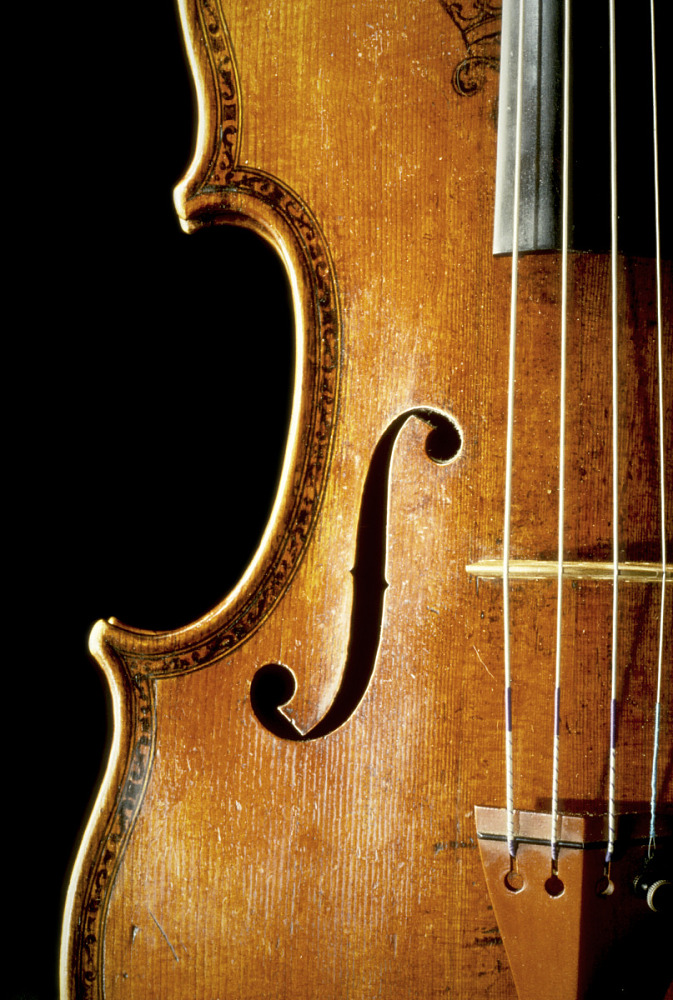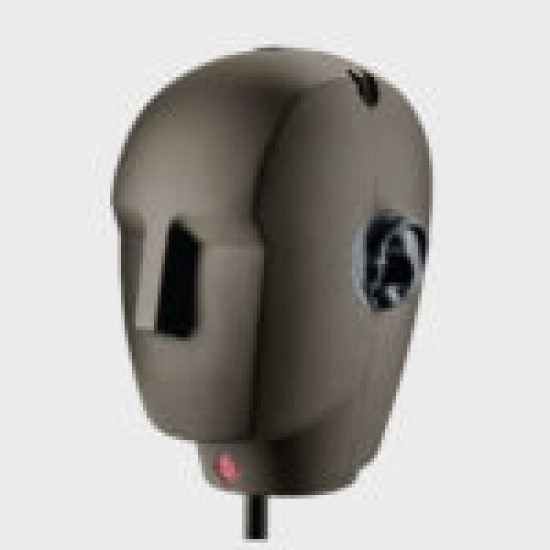Viola Sample Pack
Driven by passion and a commitment to philanthropy through sound design, this library offers an Ableton instrument crafted from a single patch. It features a meticulously sampled C string from the viola of Tiago Morais Morgado, a Portuguese improviser, composer, and laptoper. The viola’s rich tones are layered with Ableton synth presets and additional sound design elements, creating a unique and dynamic sonic palette. This instrument blends classical and contemporary textures, reflecting both artistic dedication and a generous spirit.


ByTiago Morgado
The story
To achieve a rich and immersive string layering in Ableton Live that resonates with the nuanced and atmospheric style of artists featured on BBC Radio 6, such as Ólafur Arnalds, Max Richter, A Winged Victory for the Sullen, King Crimson’s David Cross, John Cale of the Velvet Underground, and Yann Tiersen, you can follow these steps. The goal is to leverage a viola sample, captured with exceptional clarity using a state-of-the-art microphone, and process it to create lush and evocative textures.
Sampling the Viola:
Use a high-quality microphone, like the Lom Label Uzi Pro, designed by Jonas Gruska from the Institute of Sonology. This microphone is known for its pristine sound capture and will ensure your viola samples are of the highest fidelity.
Connect the microphone to a Focusrite Solo soundcard, which will provide a clean and accurate recording. Ensure that the microphone is positioned to capture the viola’s tonal richness and dynamic range.
Processing in Ableton Live:
Import and Organize Samples: Once you have your viola samples recorded, import them into Ableton Live. Organize them into different categories based on articulation, such as bowed, pizzicato, and any other techniques you’ve captured.
Create Layers: Start by layering your viola samples to build a rich, textured foundation. Use different articulations and dynamics to add depth and variety. Experiment with layering multiple instances of the same sample but with varying effects and pitch adjustments to create a more complex sound.
Applying Effects:
Reverb: Add reverb to your samples to create a sense of space and ambience. Adjust the reverb settings to match the mood of your composition—whether you want a spacious, cathedral-like reverb or a more intimate, smaller room effect.
Synth Integration: Complement your viola layers with synths to enhance the overall texture. Choose synth sounds that blend well with the viola’s timbre, and use them to fill out the frequency spectrum. Experiment with pads, atmospheric sounds, and subtle drones to enrich the sonic landscape.
Mangle and Manipulate: Use Ableton Live’s built-in effects and devices to mangle and manipulate your samples. Try using pitch shifting, granular synthesis, and time-stretching to transform your viola sounds in creative ways.
Fine-Tuning:
Automation: Automate various parameters such as volume, panning, and effect levels to create dynamic changes and evolve your composition over time.
EQ and Mixing: Apply EQ to each layer to ensure clarity and prevent frequency masking. Balance the levels of your viola layers and synths to achieve a cohesive mix.
By carefully sampling, processing, and layering your viola recordings in Ableton Live, you can create a rich and textured sound palette that pays homage to the styles of your favorite artists. This approach will help you craft a unique and compelling sonic experience that stands out.
Reviews
Dynamics based on one sample
This is a viola instrument that comes with different dynamic layers, all based on one single note (C). The texture is quite nice, but you need to be careful with it, since you might be able to hear some weird background noises, such as breathing near the microphone.
